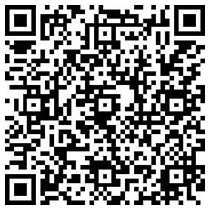Generally, servo motors have three control methods: speed control, torque control, and position control.
The speed control and torque control of the servo motor are controlled by analog quantities, and the position control is controlled by sending pulses. The specific control method used in actual industrial production depends on the requirements of the customer's machine equipment and the motion functions that meet the production needs.
1. Torque control
The torque control method is to set the external output torque of the motor shaft through external analog input or direct address assignment. For example, if 10V corresponds to 5Nm, when the external analog is set to 5V, the motor shaft Output is 2.5Nm: If the motor shaft load is less than 2.5Nm, the motor will rotate forward. When the external load is equal to 2.5Nm, the motor will not rotate. When the external load is greater than 2.5Nm, the motor will rotate reversely (usually caused by a gravity load). The set torque can be changed by changing the analog setting in real time, or by changing the corresponding address value through communication.
It is mainly used in winding and unwinding devices that have strict requirements on the stress of the material, such as wire pulling devices or optical fiber pulling equipment. The setting of the torque should be changed at any time according to the change of the winding radius to ensure that the force of the material is not affected. Will change as the winding radius changes.

2. Position control
The position control mode generally determines the rotation speed through the frequency of externally input pulses, and determines the rotation angle through the number of pulses. Some servo can also directly assign speed and displacement through communication. Since the position mode can strictly control both speed and position, it is generally used in positioning devices.
Application areas such as CNC machine tools, printing machinery, etc.

3. Speed mode
The rotational speed can be controlled through analog input or pulse frequency. The speed mode can also be used for positioning when there is an outer loop PID control of a host control device, but the position signal of the motor or the position signal of the direct load must be given to the host. Feedback for calculation purposes. The position mode also supports direct load outer ring detection of position signals. At this time, the encoder on the motor shaft end only detects the motor speed, and the position signal is provided by the direct detection device on the final load end. This has the advantage of reducing the need for intermediate transmission. The error increases the positioning accuracy of the entire system.


Cpyright © 2023 Shenzhen Sinee Electric Co.,Ltd. A certain ICP preparation No. 00000000-0



